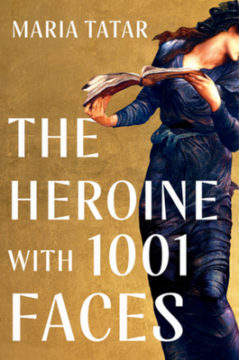Frances Wilson at Literary Review:
 ‘We tell ourselves stories in order to live,’ said Joan Didion. Scheherazade told her husband stories in order that she might live, thus turning herself into what Maria Tatar calls ‘a storytelling transvaluation machine’. Having been cuckolded by his first wife, Sultan Shahryar resolved to marry a fresh virgin every day and enjoy with his bride a single night of pleasure before having her executed the following morning. Volunteering as his next victim, Scheherazade read all the works of all the poets and all the legends of all the antique races and monarchs. She then told the sultan a story so long and compelling that he begged her to finish it the following night. One thousand and one nights later, Shahryar’s misogyny was cured and he had learned the power of stories.
‘We tell ourselves stories in order to live,’ said Joan Didion. Scheherazade told her husband stories in order that she might live, thus turning herself into what Maria Tatar calls ‘a storytelling transvaluation machine’. Having been cuckolded by his first wife, Sultan Shahryar resolved to marry a fresh virgin every day and enjoy with his bride a single night of pleasure before having her executed the following morning. Volunteering as his next victim, Scheherazade read all the works of all the poets and all the legends of all the antique races and monarchs. She then told the sultan a story so long and compelling that he begged her to finish it the following night. One thousand and one nights later, Shahryar’s misogyny was cured and he had learned the power of stories.
The Heroine with 1,001 Faces is written as a corrective to Joseph Campbell’s comparative mythology The Hero with a Thousand Faces (1949), a book once so revered that it was used by Hollywood directors as a guide to archetypal plot structures. ‘Nowhere does the rigidity of archetypal thinking emerge more clearly’, writes Tatar, a professor of folklore at Harvard, ‘than in the binary model of the male and female principal as it surfaced in Campbell’s study.’
more here.
